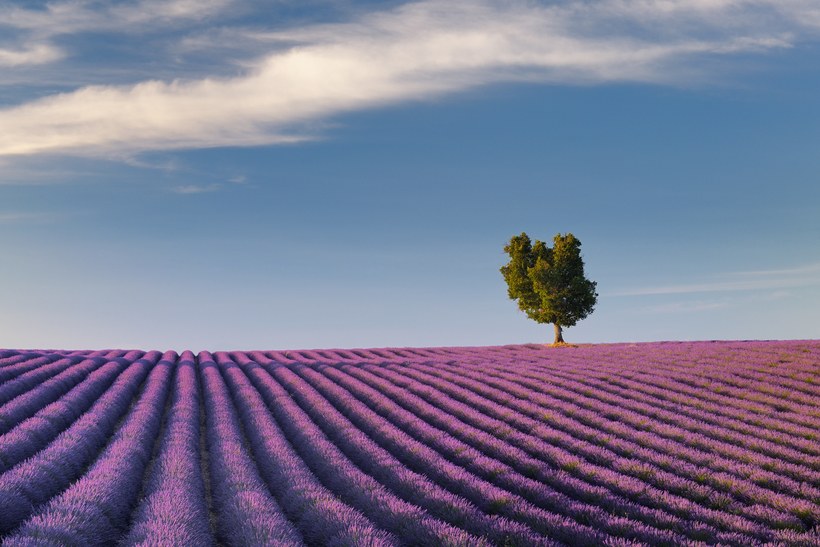Provence typically has dry summers and cool, wet winters. May, June, and September are good months to travel to Provence. France's second largest city is hot in June and July but cools rapidly to a comfortable high temperature in September. Spring has less rain than fall. Summers aren't blistering hot as a rule, but Provence gets quite crowded in July and August.
Rivers
The Rhône river, on the western border of Provence, is one of the major rivers of France, and has been a highway of commerce and communications between inland France and the Mediterranean for centuries. It rises as the effluent of the Rhône Glacier in Valais, Switzerland, in the Saint-Gotthard massif, at an altitude of 1753 m. It is joined by the river Saone at Lyon. Along the Rhone Valley, it is joined on the right bank by Cavennes rivers Eyrieux, Ardache, Caze and Gardon or Gard, on the left Alps bank by rivers Isere, Drome, Ouveze and Durance. At Arles, the Rhone divides itself in two arms, forming the Camargue delta, with all branches flowing into the Mediterranean Sea. One arm is called the "Grand Rhone"; the other one is the "Petit Rhone".
The Gorge du Verdon.
The Durance river, a tributary of the Rhone, has its source in the Alps near Briancon. It flows south-west through Embrun, Sisteron, Manosque, Cavaillon, and Avignon, where it meets the Rhone.
The Verdon River is a tributary of the Durance, rising at an altitude of 2,400 metres in the southwestern Alps near Barcelonette, and flowing southwest for 175 kilometres through the Alpes-de-Haute-Provence and Var (departements) before it reaches the Durance at near Vinon-sur-Verdon, south of Manosque. The Verdon is best known for its canyon, the Verdon Gorge. This limestone canyon, also called the 'Grand Canyon of Verdon', 20 kilometres in length and more than 300 metres deep, is a popular climbing and sight-seeing area.
The Var River rises near the Col de la Cayolle (2,326 m/7,631 ft) in the Maritime Alps and flows generally southeast for 120 kilometres (75 mi) into the Mediterranean between Nice and Saint-Laurent-du-Var. Before Nice was returned to France in 1860, the Var marked the eastern border of France along the Mediterranean. The Var is the unique case in France of a river giving a name to a department, but not flowing through that department (due to subsequent adjustments to the department's boundaries).
Geography
Provence is a geographical region and historical province of southeastern France, which extends from the left bank of the lower Rhone River to the west to the Italian border to the east, and is bordered by the Mediterranean Sea to the south. It largely corresponds with the modern administrative region of Provence-Alpes-Cote d'Azur, and includes the departements of Var, Bouches-du-Rhone, Alpes-de-Haute-Provence and parts of Alpes-Maritimes and Vaucluse. The largest city of the region is Marseille.
The Romans made the region the first Roman province beyond the Alps and called it Provincia Romana, which evolved into the present name. Until 1481 it was ruled by the Counts of Provence from their capital in Aix-en-Provence, then became a province of the Kings of France. While it has been part of France for more than five hundred years, it still retains a distinct cultural and linguistic identity, particularly in the interior of the region.
